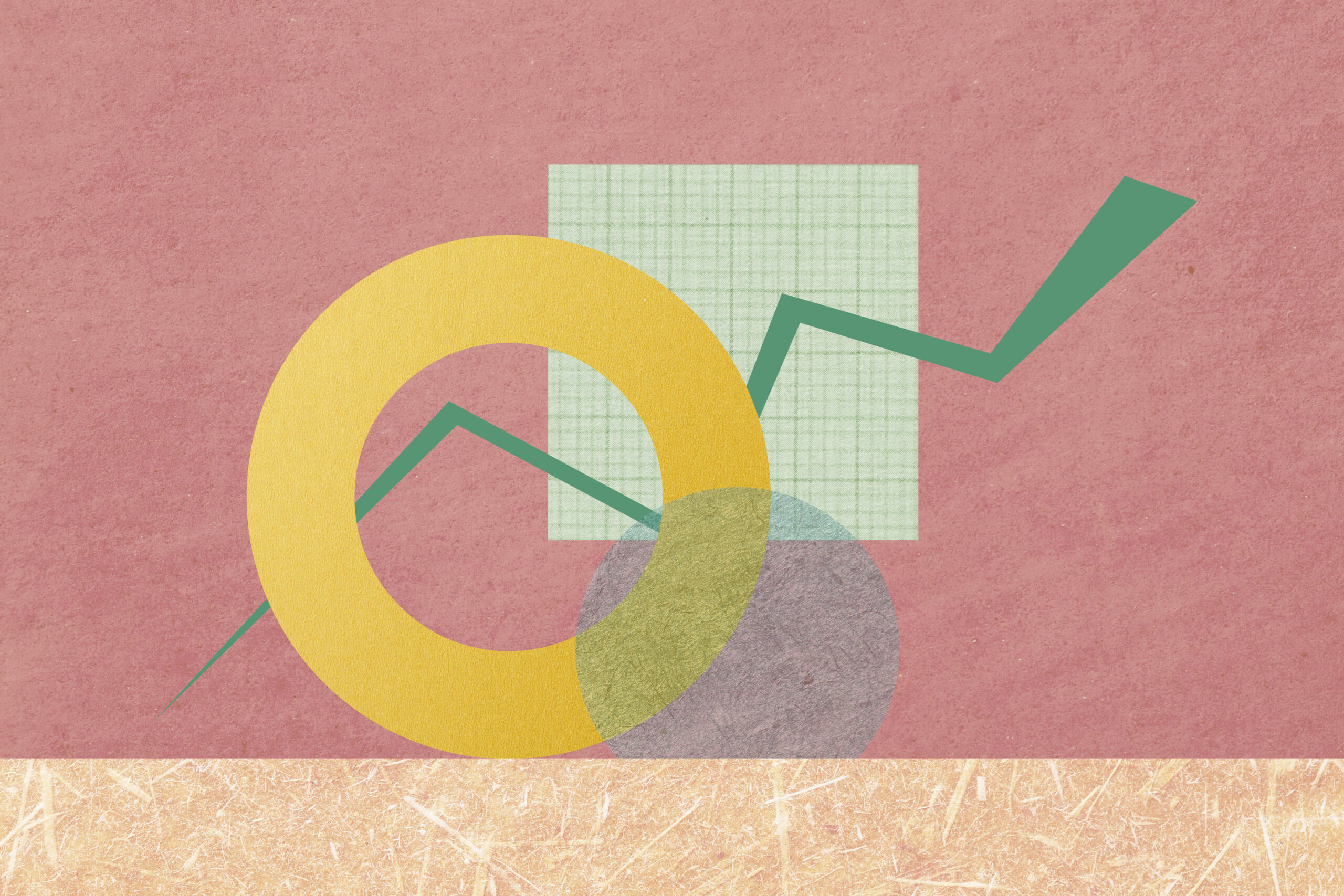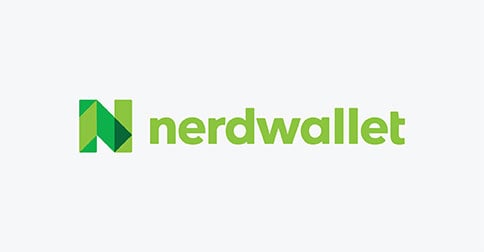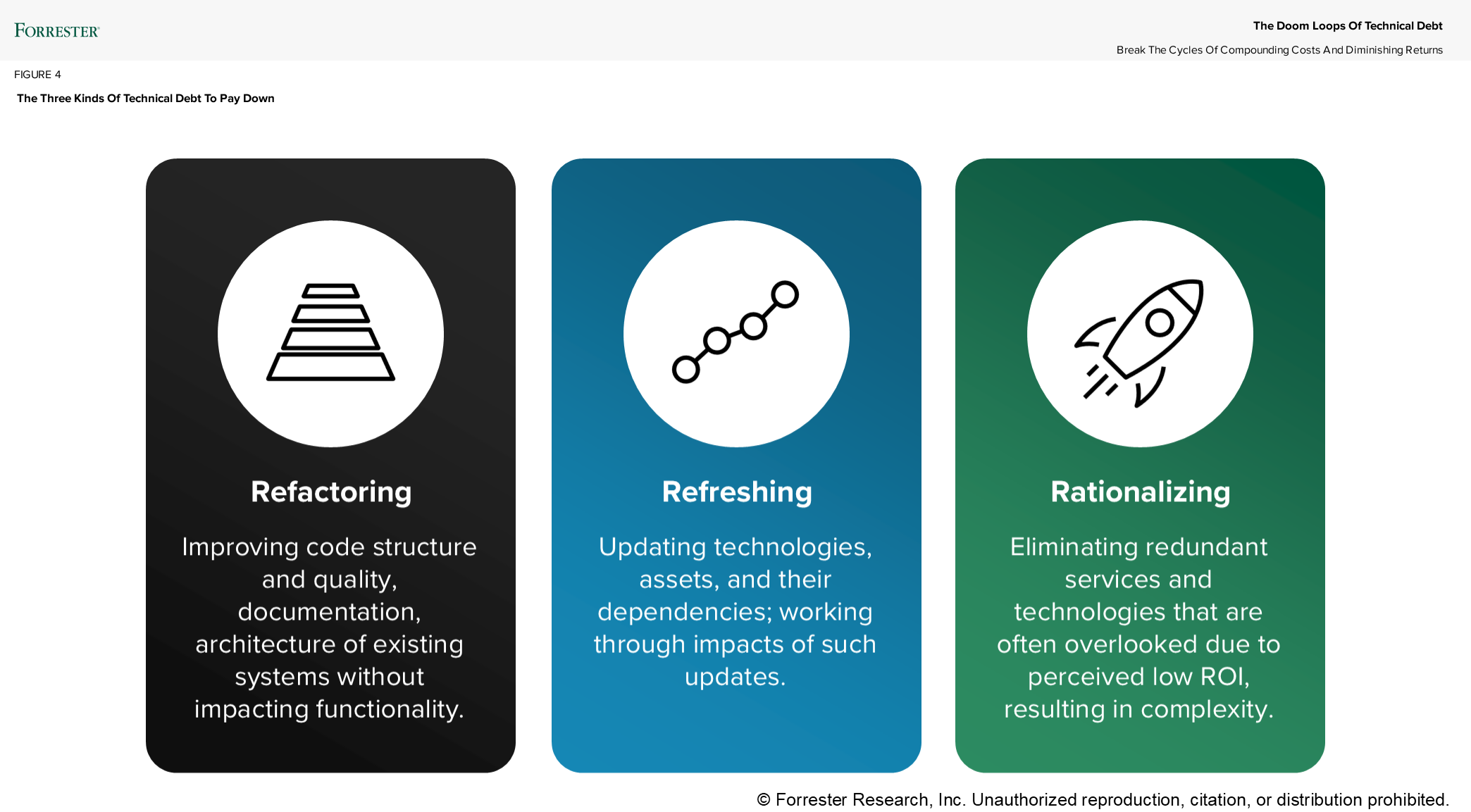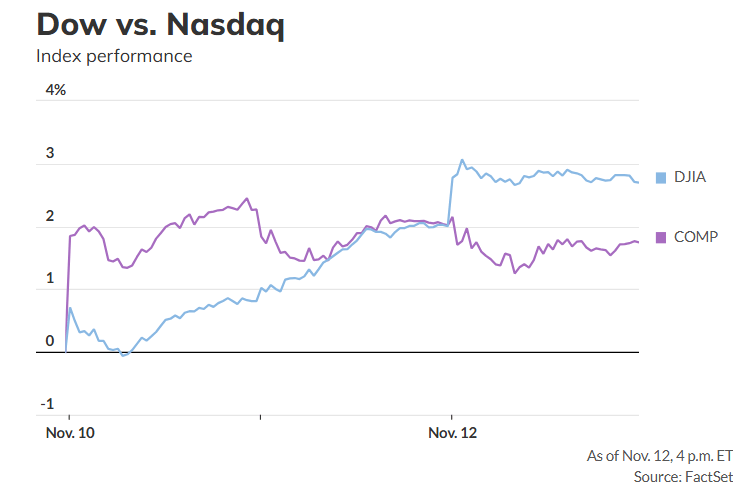In This Article
If real estate investing is all about cash flow, President Donald Trump’s proposed 50-year mortgage touts itself as being a winner for homeowners and landlords. The reality, however, is a little more complicated.
The affordability crisis currently gripping the U.S. housing market has been exacerbated by stubbornly high interest rates, insurance costs, and high home prices. A 50-year mortgage would lower the payments compared to the current standard 30-year mortgage, making affording a home easier. However, with payments spread out over a longer period, the interest paid on the loan would be much higher.
A crucial area where a 50-year mortgage would not help is with the down payment, which is a pressing issue for potential homeowners. A 20% down payment doesn’t change, regardless of loan length.
Despite this, Federal Housing Finance Agency Director Bill Pulte referred to the plan as “a complete game-changer.”
“We are laser-focused on ensuring the American Dream for YOUNG PEOPLE, and that can only happen on the economic level of home buying. A 50-year mortgage is simply a potential weapon in a WIDE arsenal of solutions that we are developing right now,” Pulte wrote in a post on X Sunday morning.
FHA Loans: How Small Landlords Can Benefit
Clearly, the 50-year mortgage is primarily targeted to owner-occupants, enabling them to get a foothold on the housing ladder. Although the White House has not explicitly ruled out investor loans, those have not been highlighted or seem to be a priority.
Investors, however, could benefit from 50-year FHA loans for two-to-four-family owner-occupied houses. The attractive aspect of an FHA loan is that it circumvents the usual 20% down payment criteria by allowing homeowners and owner/investors to qualify with as little as a 3.5% down payment, as long as one unit is owner-occupied. Add a lower monthly payment into the mix, and they could be a fruitful combination for small multifamily owner-occupants.
The real issue with a 50-year mortgage, however, concerns the interest rate. If the rate is similar to a 30-year mortgage, the question homeowners would need to ask themselves is: How much am I really saving every month, versus the interest I would have to pay over 20 extra years of payments?
In 2023, HUD amended its usual 30-year policy for loan modifications, allowing them to be recast into 40-year loans for struggling borrowers. However, those loans were designed to avoid foreclosure rather than to originate new loans, and they are the exception—prevailing FHA rules mandate 30-year loans.
How Investors Could Get Creative With a 50-Year Mortgage
Investors who do not plan to house hack a two-to-four-unit home could still potentially benefit from a 50-year mortgage on their primary residence by lowering their overall household expenditures and freeing up some cash to apply to their rental properties, either for repairs, to pay down debt, or for portfolio expansion, thus increasing cash flow. This is a helpful strategy if they don’t plan to stay in their personal residence for too long.
Things get even more interesting if a personal residence or a second home is also used as a short-term rental. Applying a 50-year mortgage to this increases cash flow, which can then be applied solely to the principal rather than partially, as with an amortized payment. However, all these scenarios only make sense over a short-term period, not a longer term where the interest payments stack up.
Hurdles to a 50-Year Loan
To offer new 50-year FHA financing, Congress and regulators would need to rewrite core statutes—no simple feat, given Dodd-Frank Act limitations post-2008 crisis. There are significant regulations that limit maximum amortization periods, and these would have to be changed before a 50-year mortgage product becomes mainstream.
The Dissenters
A former stalwart Trump acolyte, Rep. Marjorie Taylor Greene, R-Ga., has come out as one of the new mortgage proposal’s chief critics, writing a post on X stating that the plan for lengthier mortgage terms “ultimately reward the banks, mortgage lenders, and home builders while people pay far more in interest over time and die before they ever pay off their home.”
Although this logic is clearly aimed at owner-occupants rather than investors, it does address one of the chief goals of long-term investing: being debt-free. It’s an opinion echoed by experts.
“Borrowers might be able to pay less monthly principal and interest, since the loan would be spread out over half a century,” explained Kate Wood, NerdWallet lending expert, to CBS News. “But the total interest paid over the life of the loan would be staggering, since even with a low rate, you’re looking at 50 years’ worth of interest.”
Ultimately, a 50-year mortgage may prove self-defeating if it does not coincide with greater housing supply. Boosting affordability could result in higher buyer demand, further pushing house prices higher. Joel Berner, senior economist at Realtor.com, told CBS News, “This is not the best way to solve housing affordability.”
You might also like
50-Year Mortgages on Steroids Are Already Available for Investors
Real estate investors already have an arsenal of loan products available to them if they choose to go the nontraditional route. Interest-only loans are 50-year mortgages on steroids. While stepping outside the traditional mortgage box could result in higher interest rates and qualifying criteria, when bundled with a construction loan that converts into a permanent interest-only payment mortgage, these are great options for BRRRR-type investors because there is no refinance component to the equation, thereby decreasing closing costs. It’s also worth noting that a 40-year nonqualified loan already exists and is available from several well-known lenders.
Final Thoughts
It takes a certain type of personality to want to be a real estate investor because, even when things are going comparatively well, it’s a scrappy, bare-knuckle brawl type of business. Dealing with tenants, the vagaries of the economy, housing inspectors, combative lenders, and ongoing repairs is not for the faint of heart.
The only insulation investors have against hostile headwinds, which never seem to abate, is being debt-free. That should be the ultimate long-term goal, unless increasing equity and selling at a profit is the game plan. No one wants to enter their later years worrying about tenants, repairs, and mortgage payments.
In addition, passing highly leveraged buildings on to your kids is not a good idea if your offspring are not built for this business. So, with that in mind, the phalanx of loan products aimed at lowering monthly payments is only a temporary panacea, prolonging the ultimate goal, which is either selling at a profit or paying off the debt.
Keep these goals in mind, use profits to pay down debt, keep your living expenses in check, have some liquidity in your bank account, and choose a loan product—whether a 30-, 40-year, interest-only, or 50-year mortgage, if they eventually become available—that serves as a means to an end rather than delaying that end.

























